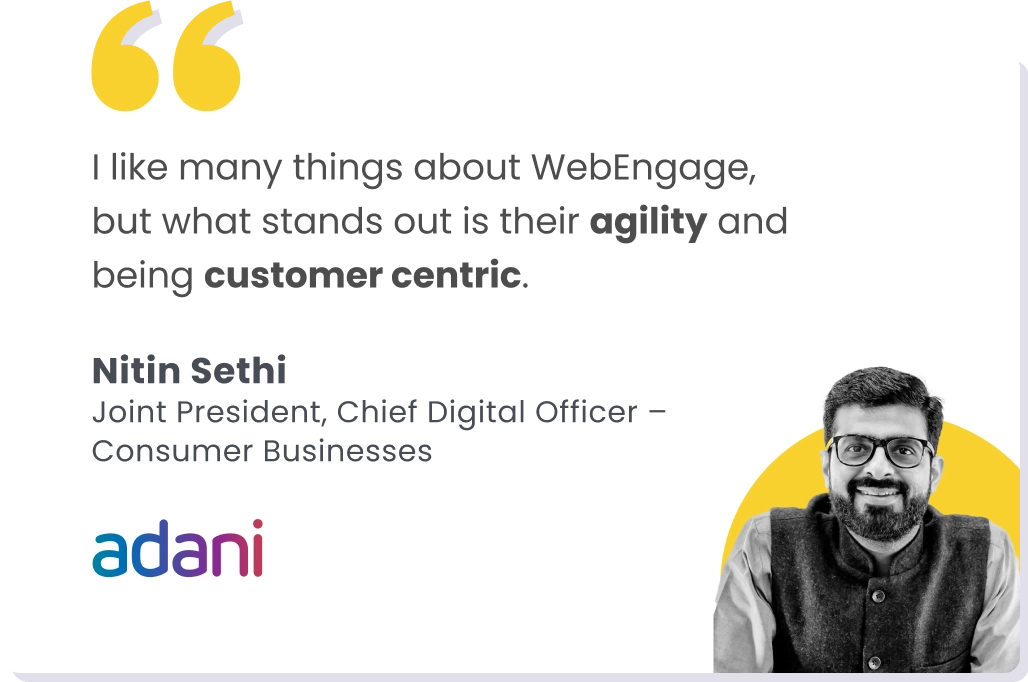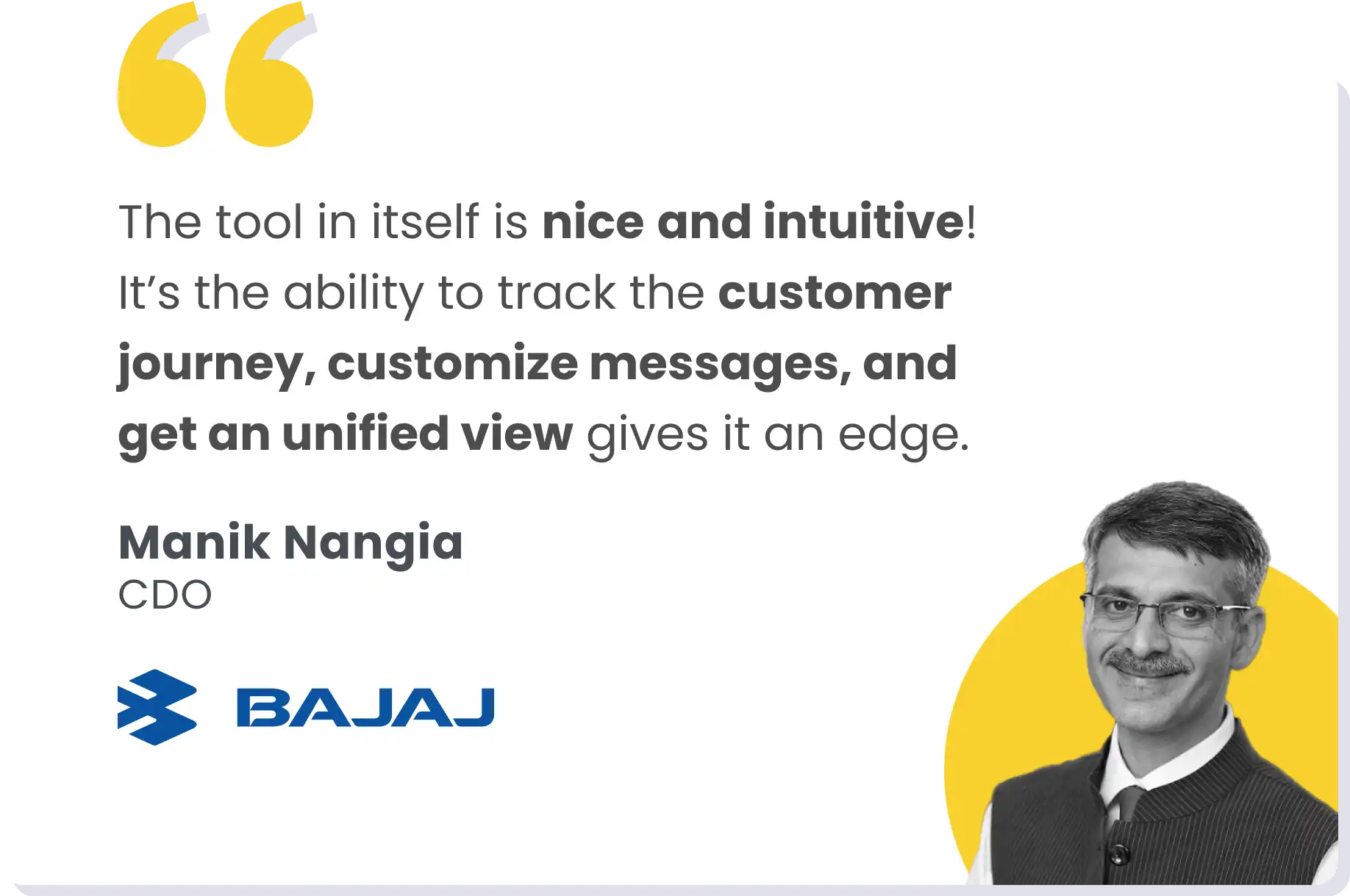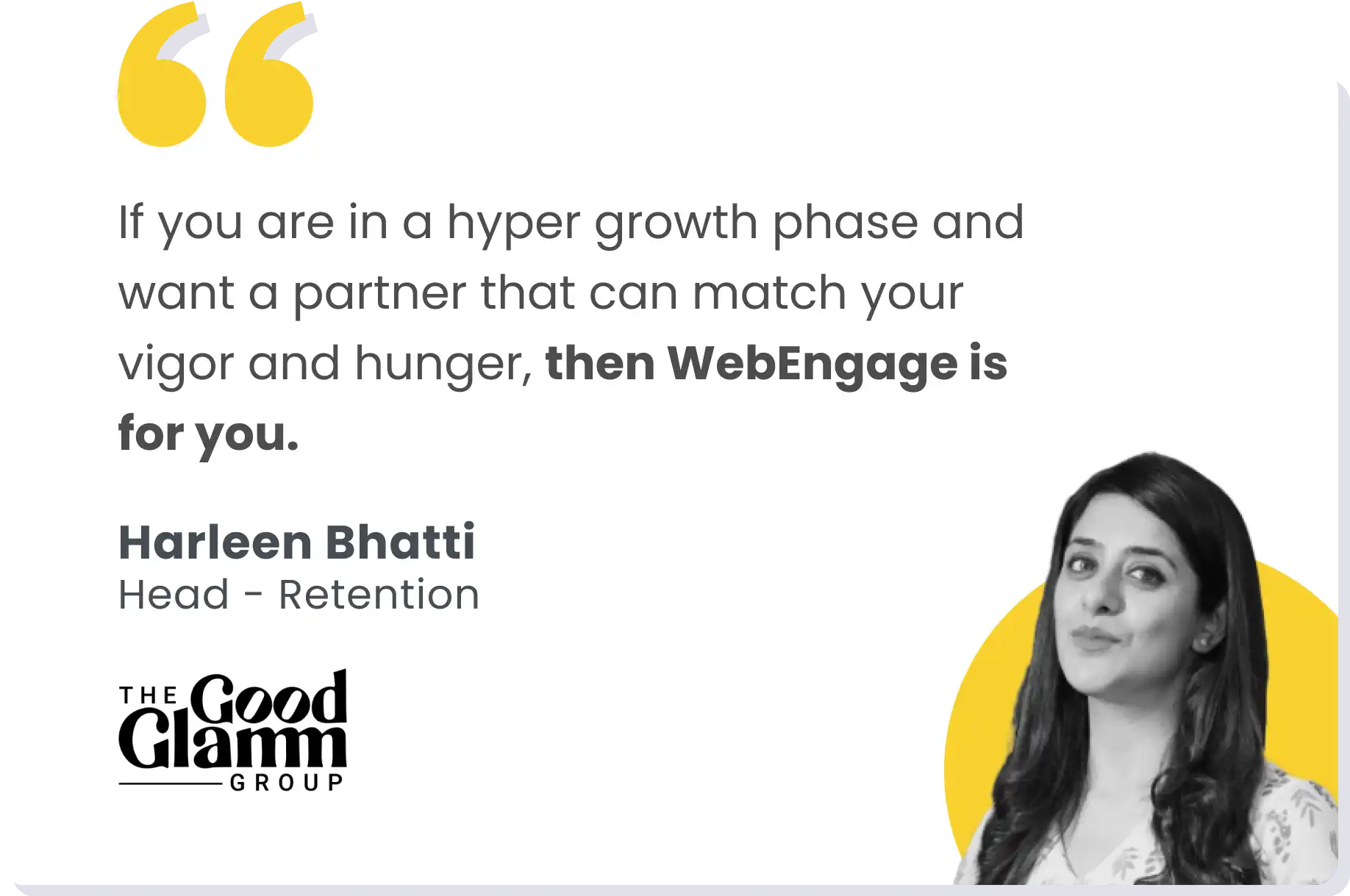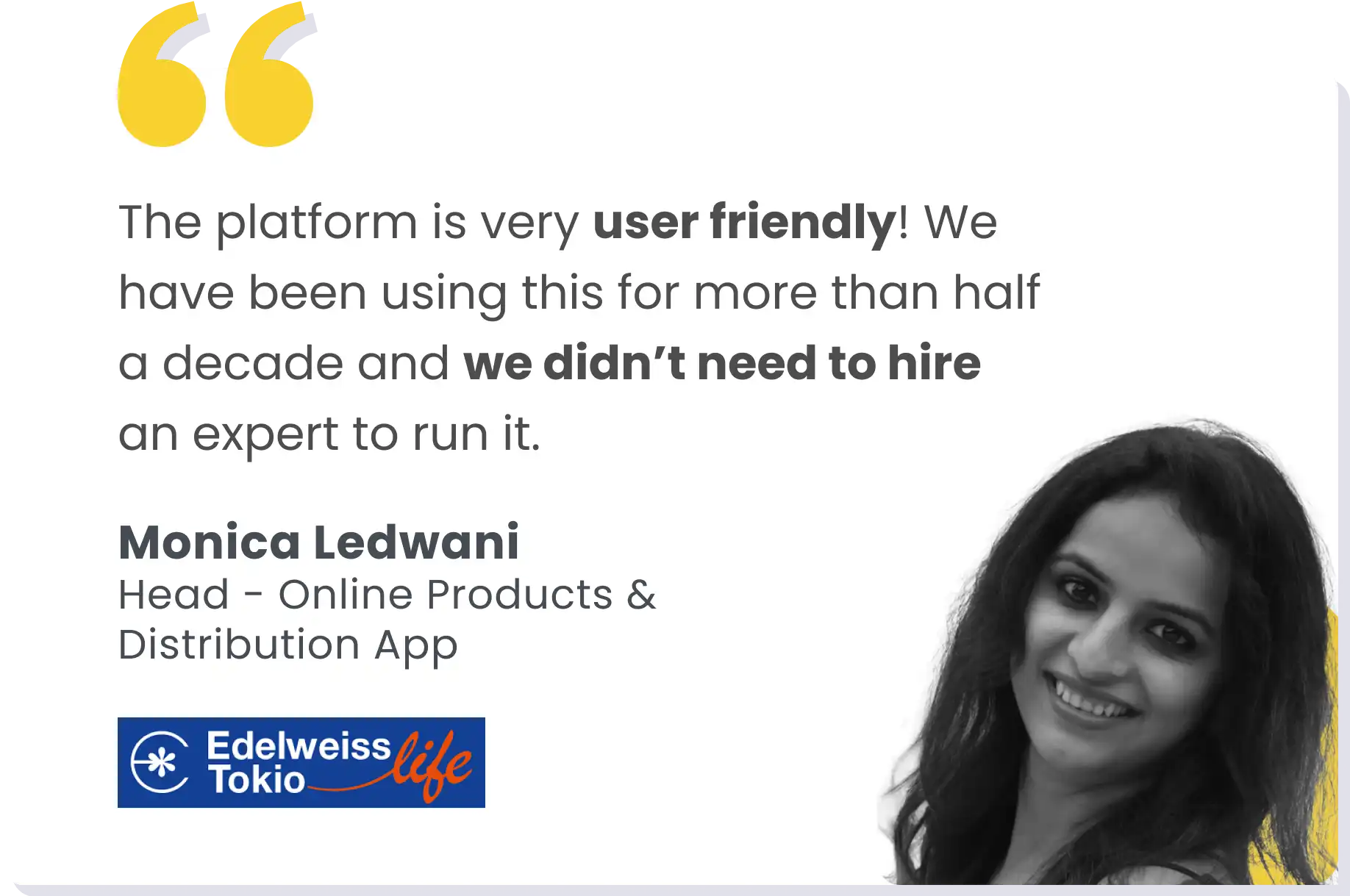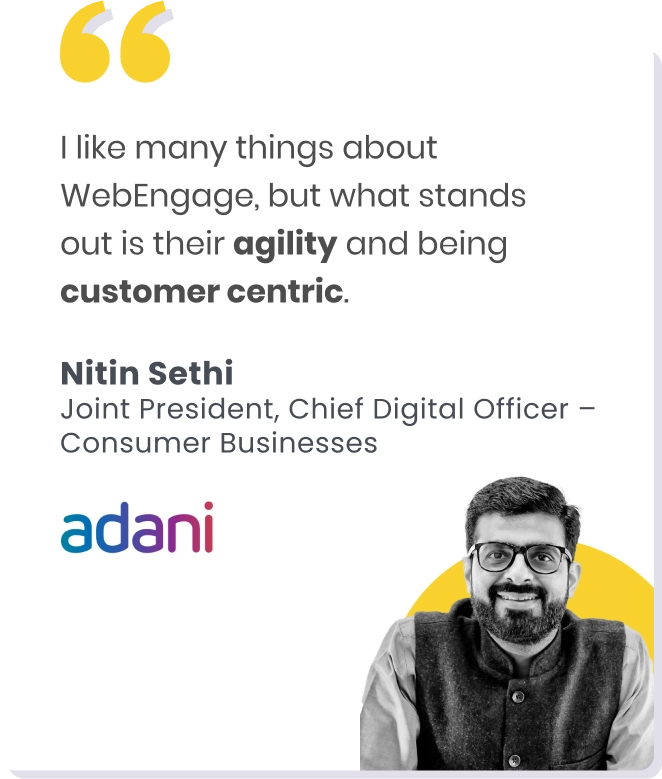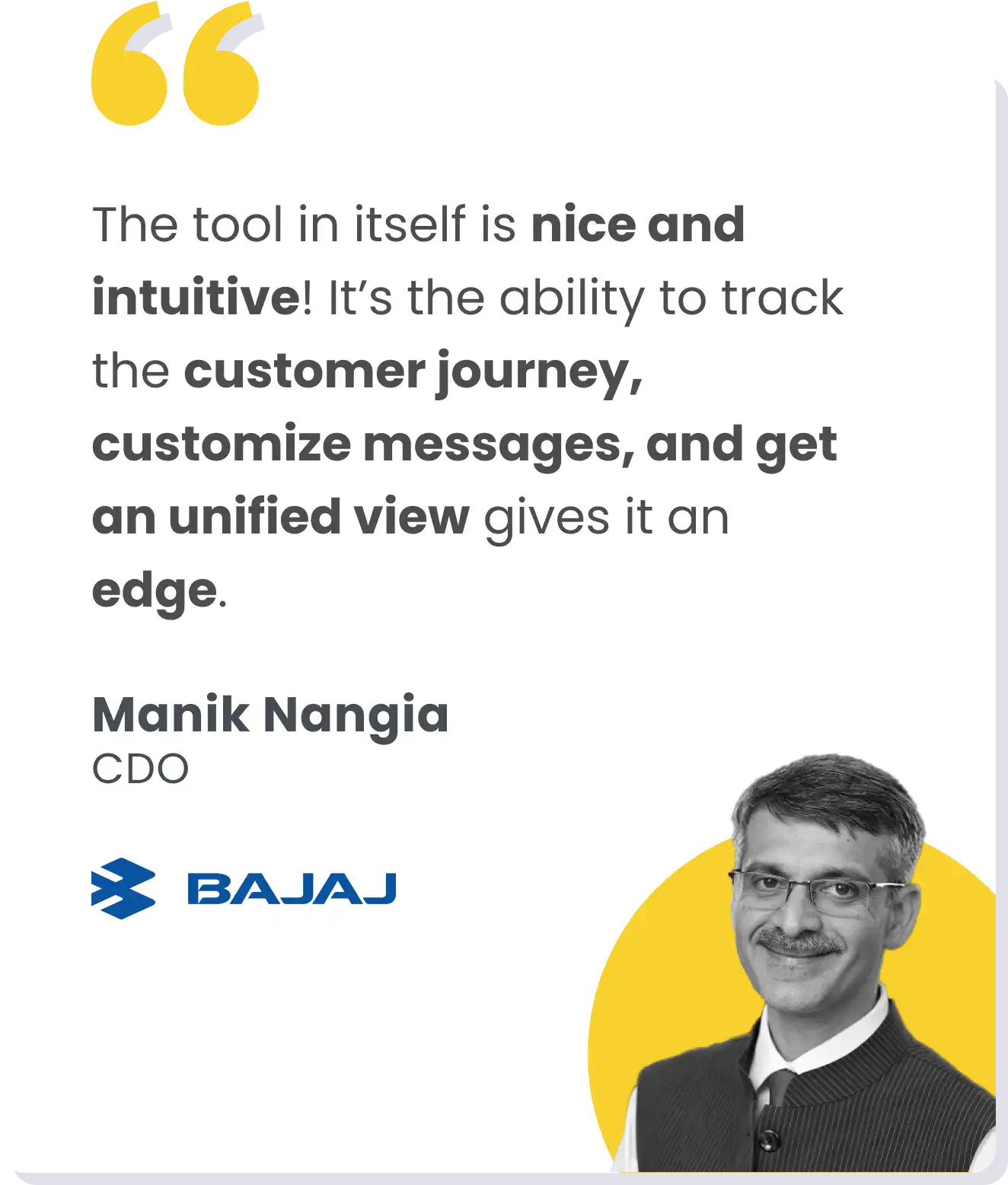The financial landscape in India is undergoing a great shift. Gone are the days when saving was the only virtue; today’s Indians are eager to earn, invest, and also spend more. In fact, in FY 2022-23, digital transactions in the country skyrocketed to a staggering ₹13,462 crore at a CAGR of 45%.
But how can businesses truly capitalize on this financial revolution?
The simple answer is customer retention.
Businesses today need to understand that user acquisition might grab headlines, but what really matters for a company’s growth is user retention.
At Jupiter Money, we’ve learned that keeping users engaged isn’t just about flashy features or aggressive marketing—it’s about understanding user behavior, creating meaningful experiences, and constantly improving strategies. In this blog, let’s discuss some of the key insights I’ve gained in our journey to build a value-driven fintech brand in this new India.
User Segmentation and Personalization
Today, users expect experiences tailored to their unique needs and preferences. This is especially true in fintech, where personal finance is, well, personal.
At Jupiter, we’ve moved beyond the one-size-fits-all approach. We segment our users into three broad categories: power users, core users, and casual users. This isn’t just random labeling—it’s based on concrete user actions. For instance, if a user activates their debit card within the first 30 days and shows a certain transaction frequency, we can place them in the appropriate bucket.
But here’s where it gets interesting: we’re not just looking at what features users engage with, we’re diving deep into their behavior patterns. Are they primarily savers? Investors? Heavy spenders? By understanding these nuances, we can tailor our product experience and communication to match their needs.
We’re still in the early stages, but our goal is to move towards hyper-personalization. However, this approach comes with its own challenges.
That’s where the power of data science comes in. We’re not just relying on demographic variables or simple RFM (Recency, Frequency, Monetary) models. We’re looking at complex behavioral patterns that emerge from our data, identifying the actions that truly indicate high lifetime value.
For example, we might discover that users who engage with our spend tracker feature in a specific way are more likely to become power users across multiple product offerings. This insight then feeds into our product development and marketing strategies, allowing us to nurture these high-potential users more effectively.
Gamification: The Double-Edged Sword
Let’s talk about gamification—it’s a powerful tool, but it needs to be used carefully, especially in fintech. We’re not Duolingo, where users can simply collect points and climb leaderboards. We’re dealing with people’s money, and that requires a more nuanced approach.
One strategy we’ve implemented is our in-app currency, which we call ‘Jewels’. And one Jewel equals one rupee. This transparency builds trust and gives users a clear understanding of the value they’re earning. It’s a simple concept, but it addresses one of the biggest pain points in reward systems—confusion over value.
But gamification isn’t just about rewards. It’s about creating engaging experiences that drive desired behaviors. Google Pay’s “Stamp Wali Diwali” campaign is a great example of that. They brilliantly combined easy actions (like scanning a diya) with core product features (like making transactions) to create a compelling user journey.
The key is to ensure that these gamified experiences translate into long-term customer retention. It’s not just about getting a user to perform a one-time action—it’s about building habits that keep them coming back to your platform. For instance, we might create a challenge that encourages users to use our UPI feature five times a week. The immediate reward might be the Jewel, but the real win is habituating the user to our payment system.
The Power of Good Customer Support
Here’s something that often gets overlooked: your customer support data is a goldmine for customer retention insights. At Jupiter, we’ve made it a point to integrate our support data into our growth strategies.
We have a daily report that tracks not only Net Promoter Score (NPS) and Customer Satisfaction Score (CSAT) scores but also the top five customer queries. This information is fed back to our product teams, helping us identify and address pain points quickly. It’s not just about solving individual issues—it’s about identifying systemic problems that could be affecting user satisfaction and retention on a larger scale.
But we’re taking it a step further. We’re starting to use support interactions as early warning signals for potential churn. For example, if a user contacts support multiple times in a short period without resolution, that’s a red flag. It’s an opportunity for our growth team to step in and prevent a negative experience from snowballing into churn.
Conclusion
Retention isn’t a set-it-and-forget-it metric—it’s an ongoing process of learning, adapting, and improving. In a world where switching costs are low and options are plenty, retention will increasingly become the key differentiator.
It’s no longer about having the most features or striking interface. It’s about creating an ecosystem for the user’s needs that makes leaving unthinkable.
As fintech brands, we need to remember that we’re not just moving numbers on a dashboard, we’re dealing with people’s financial lives. Every decision we make and every feature we build should aim to deliver real value to our users. That’s how you build not just a successful product but a trusted financial partner.
Thank you for joining me on this deep dive into Jupiter Money’s retention strategies and insights. If you want to learn more, I encourage you to listen to the full podcast, where I discuss these topics with Ankur Gattani in even greater detail. You can find it on Spotify or YouTube under the title “Growth Head of Jupiter Money on How the company Effortlessly Engages with 2Mn users everyday”.
Authors Bio:
Abhisha Shrivastava is the Director of Growth at Jupiter Money. With a rich background in entrepreneurship and growth marketing, Abhisha has been instrumental in scaling Jupiter’s user base to nearly two million customers. Before Jupiter, Abhisha honed her skills at Trell, where she delved deep into product-led growth strategies.









